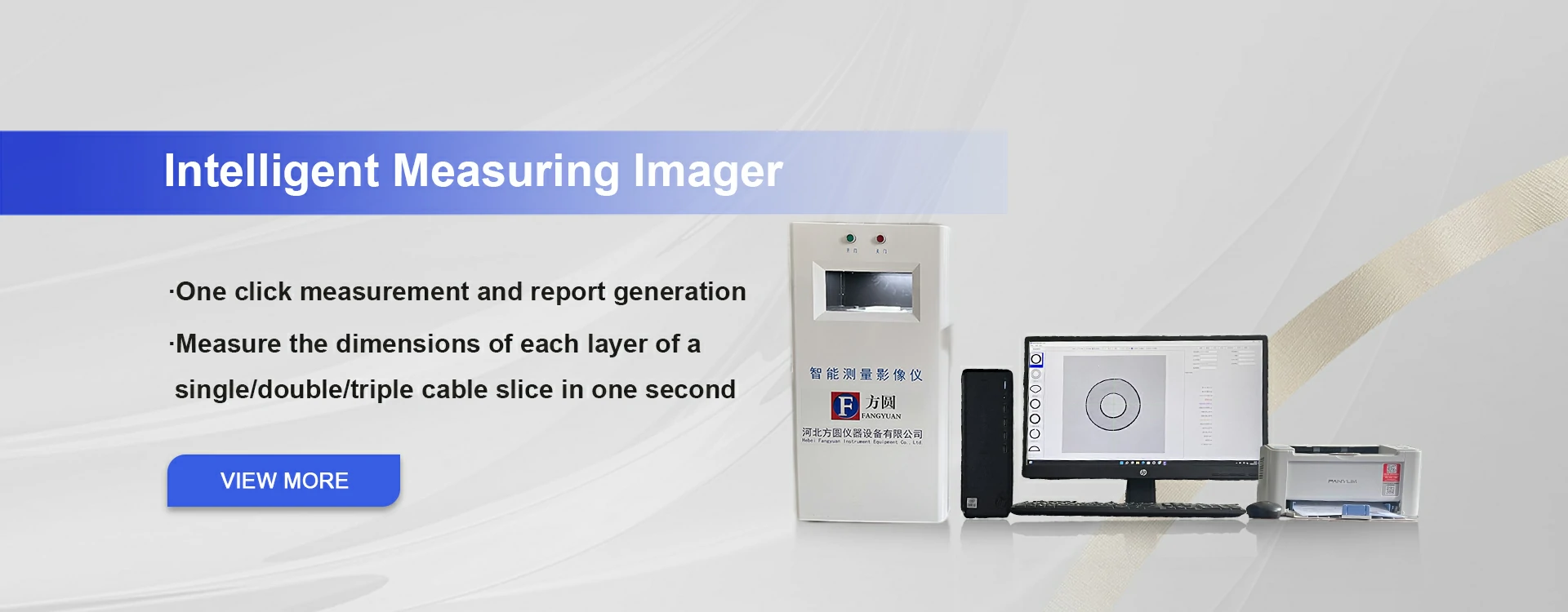Resistance Measurement Setup for Accurate Testing and Evaluation of Electrical Components
Understanding Resistance Measurement Fixtures Key Concepts and Applications
Resistance measurement fixtures are essential tools in the field of electronics, particularly in testing and validating the performance of components and circuits. These fixtures are specifically designed to provide accurate readings of electrical resistance, which is crucial for ensuring the reliability and functionality of electronic devices.
At its core, a resistance measurement fixture contains several key components. The primary element is the resistor under test, which is connected to a precision measurement device, typically a multimeter or an ohmmeter. The fixture often includes connectors, leads, and sometimes even a breadboard or PCB (printed circuit board) to facilitate easy attachment of the components. The design of the fixture plays a significant role in minimizing external factors that could affect measurement accuracy, such as temperature fluctuations, electromagnetic interference, and contact resistance.
One of the main advantages of using a specialized resistance measurement fixture is the enhancement of measurement precision. This is particularly critical in high-accuracy applications where even the slightest deviation in resistance values can lead to significant performance issues. For example, in the manufacturing of semiconductors, precise resistance measurement is necessary to ensure that devices function within the specified tolerances.
resistance measurement fixture

Furthermore, resistance measurement fixtures can also simplify the testing process. By providing a standardized setup, engineers can quickly set up experiments, reducing the time and effort involved in testing multiple components. This standardization also allows for easier documentation and comparison of measurement results, which is critical for quality control and compliance with industry standards.
In addition to manufacturing environments, resistance measurement fixtures find applications in research and development settings. Engineers and scientists can utilize these fixtures to explore new materials, develop novel designs, and investigate the electrical properties of different components. For instance, researchers studying the conductivity of new materials can use resistance measurement fixtures to obtain reliable data that can inform their work.
When selecting a resistance measurement fixture, it’s important to consider several factors. The range of resistance values it can measure, the precision of the measurement device used, and the influence of environmental factors are all crucial aspects that can affect test outcomes. Additionally, the ease of use and flexibility of the fixture can enhance its practical application in various testing scenarios.
In conclusion, resistance measurement fixtures serve as invaluable assets in the world of electronics, providing the precision, efficiency, and reliability needed for both testing and research purposes. As electronic components become more complex and miniaturized, the demand for accurate resistance measurement will only increase, making the role of these fixtures even more critical in the pursuit of technological advancement. By understanding and utilizing these tools effectively, engineers can ensure that their designs meet the rigorous standards required in today’s high-performance electronic landscape.
-
Why the Conductor Resistance Constant Temperature Measurement Machine Redefines Precision
NewsJun.20,2025
-
Reliable Testing Starts Here: Why the High Insulation Resistance Measuring Instrument Is a Must-Have
NewsJun.20,2025
-
Flexible Cable Flexing Test Equipment: The Precision Standard for Cable Durability and Performance Testing
NewsJun.20,2025
-
Digital Measurement Projector: Precision Visualization for Modern Manufacturing
NewsJun.20,2025
-
Computer Control Electronic Tensile Tester: Precision and Power for the Modern Metal Industry
NewsJun.20,2025
-
Cable Spark Tester: Your Ultimate Insulation Assurance for Wire and Cable Testing
NewsJun.20,2025
 Copyright © 2025 Hebei Fangyuan Instrument & Equipment Co.,Ltd. All Rights Reserved. Sitemap | Privacy Policy
Copyright © 2025 Hebei Fangyuan Instrument & Equipment Co.,Ltd. All Rights Reserved. Sitemap | Privacy Policy
